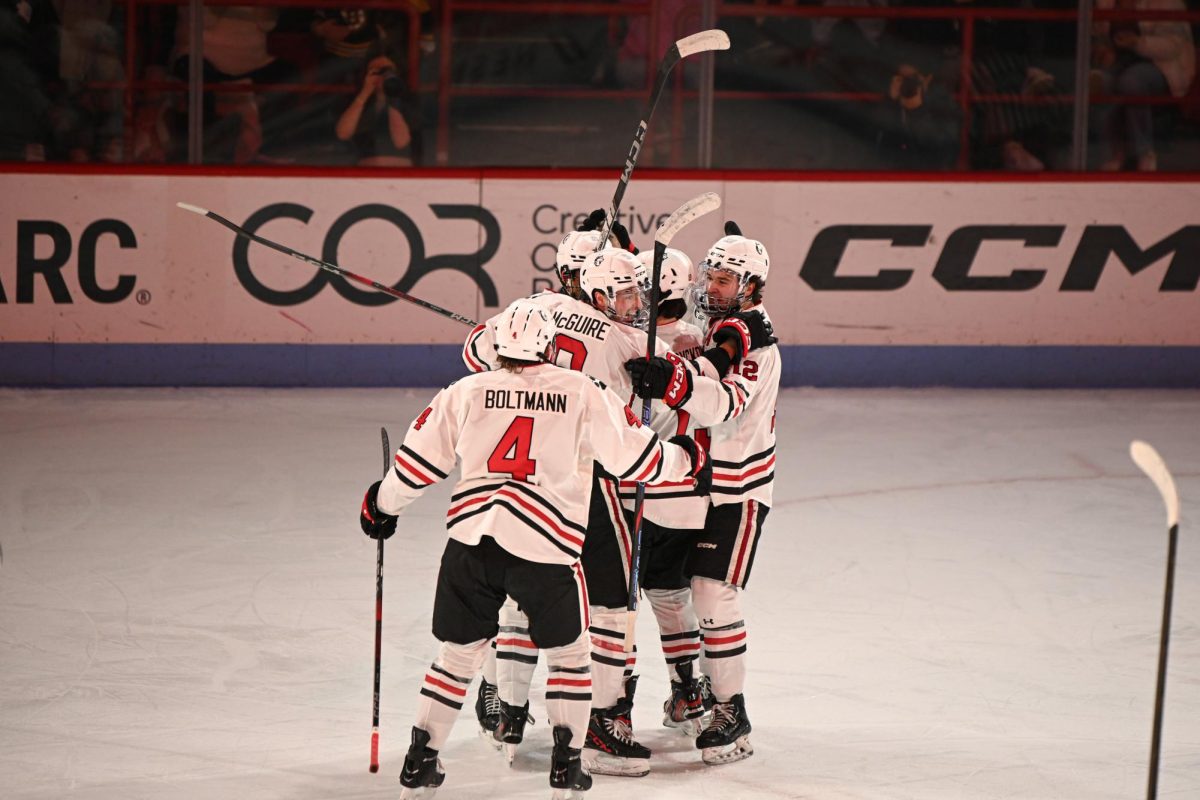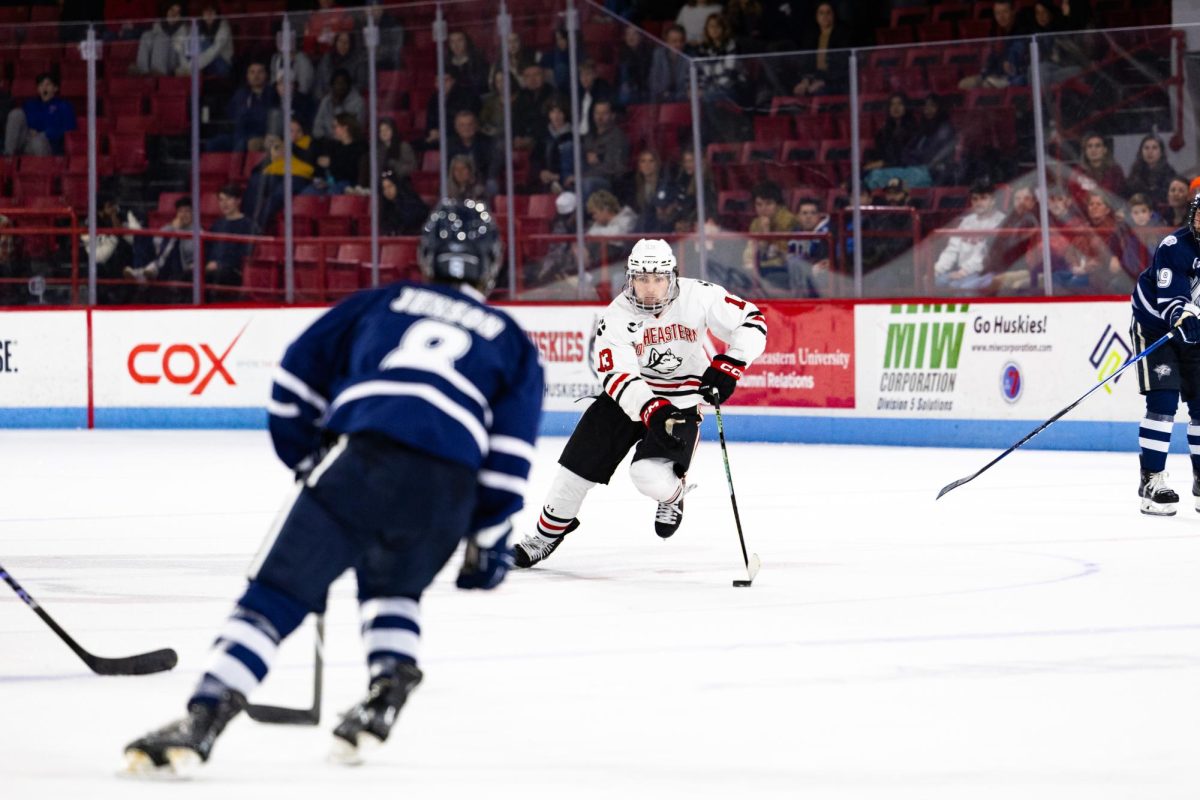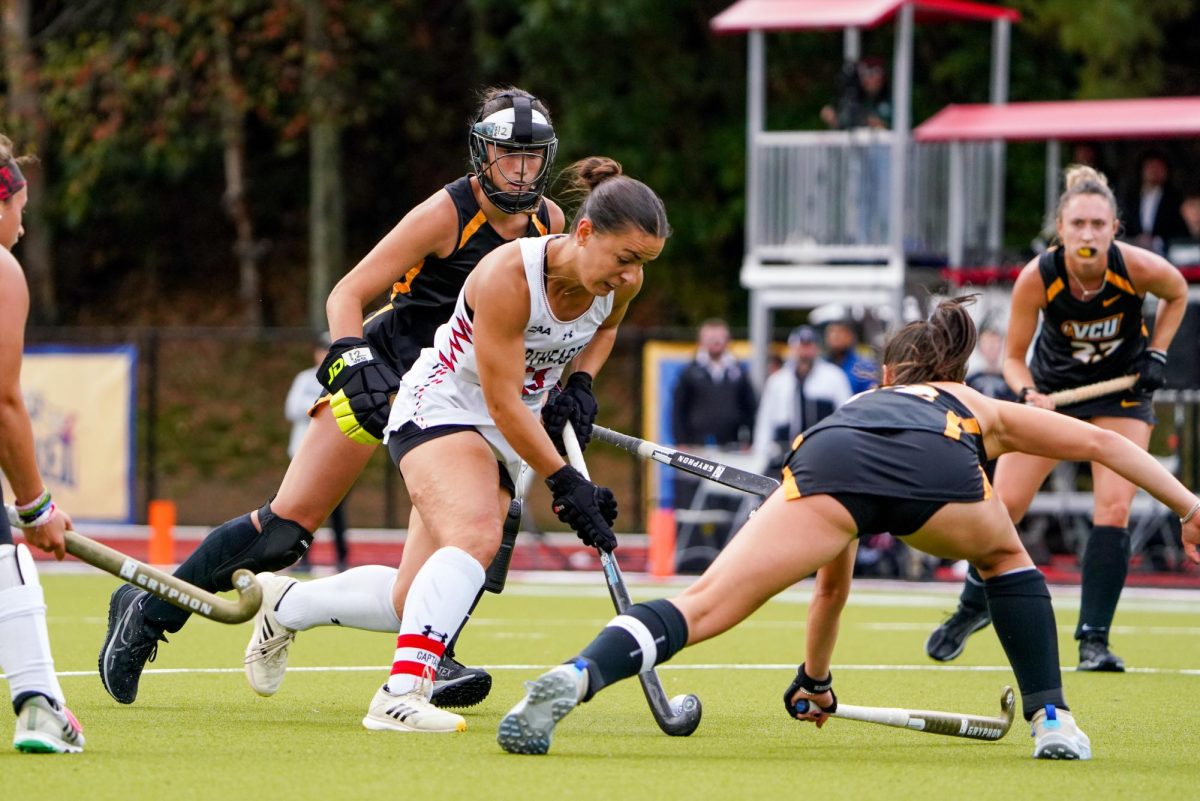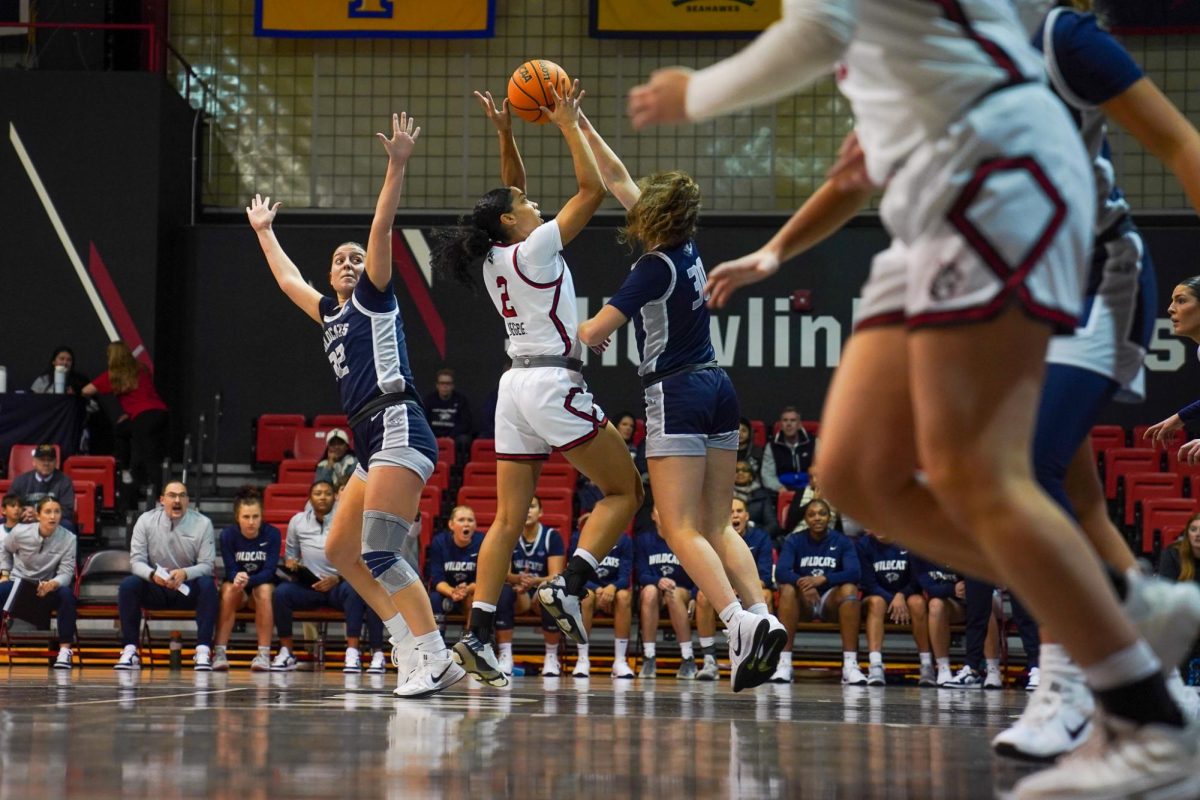By Kyle Taylor, columnist
Do college athletes get shortchanged? Are the sacrifices they make for their sport worth it, or even consistent with what college is really all about?
Richard Sherman, Stanford University graduate and cornerback for the Seattle Seahawks, was questioned earlier this year about whether or not he feels that athletes get the short end of the stick when it comes to constraints on time in college. Sherman makes a lot of points as to why the life of a student athlete is not as luxurious as the common student may think. He spoke on issues like scheduling classes around practice times and managing a workload just as large as that of their fellow students under tighter time constraints. He also pointed to how scholarships raise the importance of sports over education in the athletes’ eyes, which can paint a pretty depressing picture. Even though he’s speaking from his own experience, I believe he only scratched the surface.
Sherman says that colleges see recruited athletes as players first and students second. As he put it, “You’re not on scholarship for school.” If you are one of the very few top-tier athletes with prospects to go on to a professional level, the time you put in could result in a successful payoff in the end. However, what is the saving grace that you cling to as the “little guy” in a D1 program with the same practice obligations and same time constraints as the professional prospect? Without the potential to “go pro,” participating in a sport has to become its own reward. Not that the rewards aren’t there, they just come at a very high price. At smaller, D3 schools it may be feasible to be a “student-athlete,” but even these students often identify as athletes first.
I wasn’t sure that I would be willing to pay this price as I weighed the pros and cons of trying to walk onto the Northeastern track team. I believed I had a chance to make it in the 400-meter run – I was a league champion in high school and had been training all summer.
However, track probably has the harshest impact on a student-athlete’s schedule, next to rowing. Track, unlike the vast majority of other collegiate sports, is a two-season commitment. With preseason practices in the fall – or cross country if you are a distance runner – and competition seasons in the winter and spring, will there be time left for anything else? Northeastern offers hundreds of clubs, trips around the world and our crowning jewel: the co-op program. Taking advantage of all the extracurricular activities or seeking leadership positions in various clubs can become impossible with a sports commitment. Most students already feel overwhelmed with maintaining their workload, social life and sanity without the added stress of competing for D1 programs. For these reasons, I pursued other opportunities my first semester of college instead of trying to walk on. But, who knows, maybe there is still a place for running in my future.
I miss the competition and camaraderie that you get from school sports, so I don’t think college athletes get shortchanged. I bet Richard Sherman wouldn’t trade his college experience for anything.
I believe the point Sherman wanted to make was that the college experience for student-athletes is a big tradeoff and that it is important for non-athletes to understand the hard work and sacrifice that comes with competing at the collegiate level.
– Kyle Taylor can be reached at [email protected].









